Engine Installation
Overview
Of the personal projects I've done over the years, this project stands out as one of the most challenging. It involved replacing the engine on a 1983 Ericson-35 sailboat. The process includes steps like removing the old engine, selecting a compatible replacement, and rummaging through enough documentation to test anyone's sanity. Below are photos documenting key parts of the process.
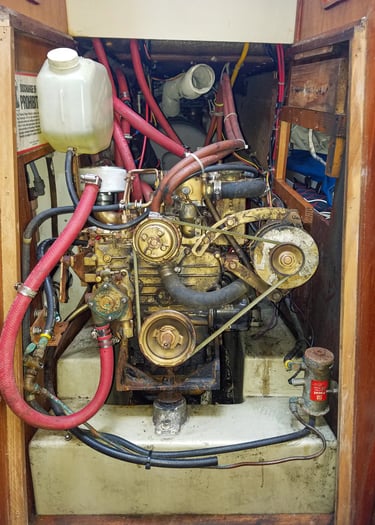

Figure 1: Original Engine (Non-functional)
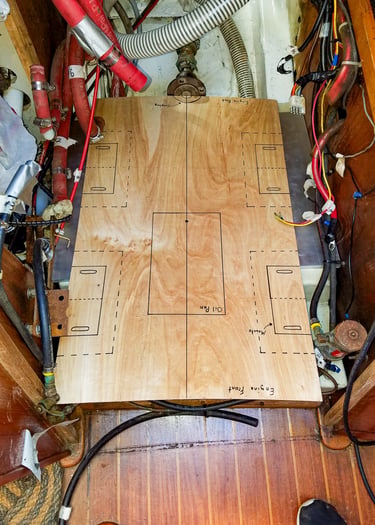

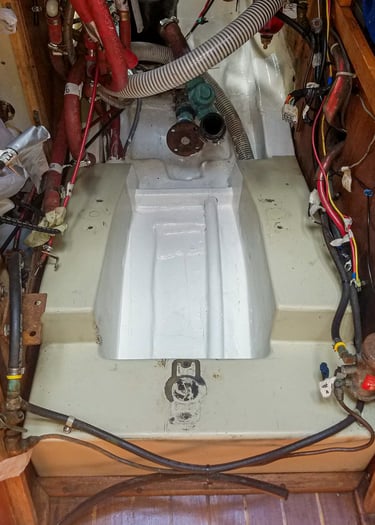

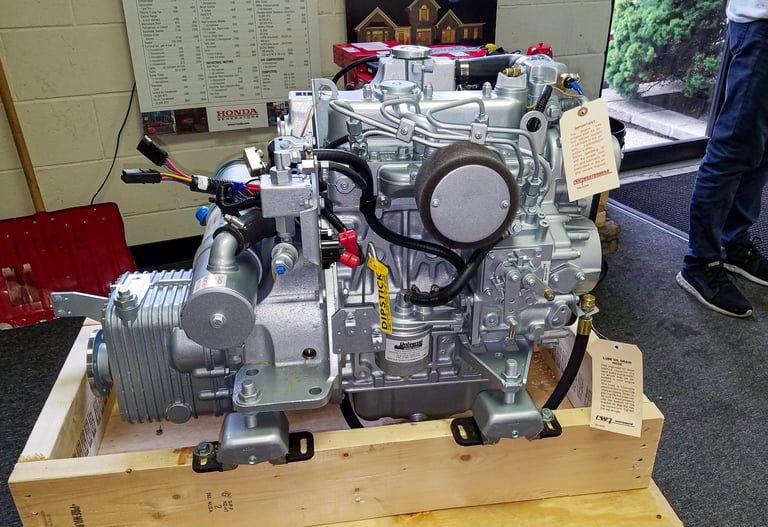

Figure 2: Replacement Engine | M-25XPB
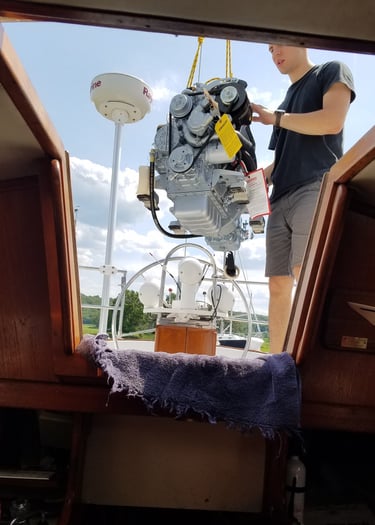

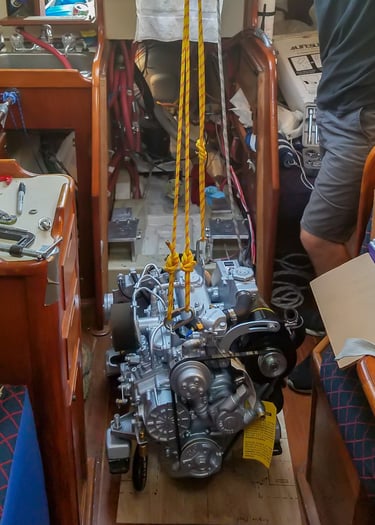

Figure 3: Engine Bay and Footprint Template
Figure 4: Crane Fitting and Placement

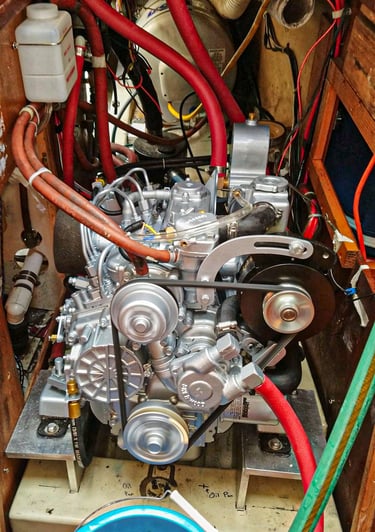
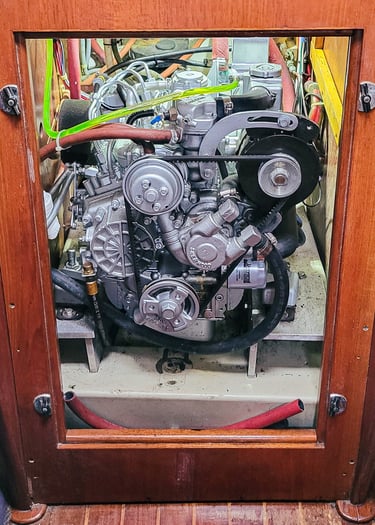

Figure 5: Completed Installation — Plumbed, Wired, and Mechanically Coupled
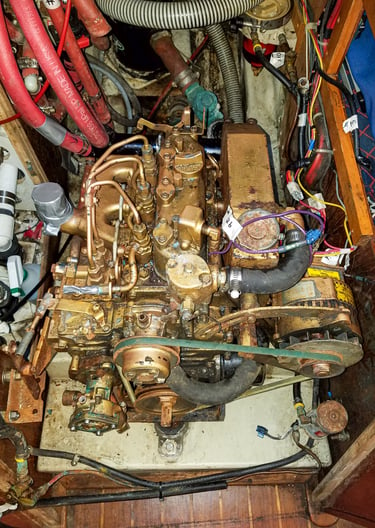

Custom Mounts and Alignment
One major challenge was fabricating a new mounting surface. The replacement engine’s mounting feet were in different locations, leaving some partially unsupported and suspended in space. To address this, half-inch aluminum plates were cut, positioned, and fastened to the existing fiberglass bed to create an expanded stable foundation. A template was used to map the engine’s key reference points to ensure precise alignment of the coupling shaft. Accuracy here was critical, as the drivetrain had to align precisely with the transmission coupling plate to prevent excessive transmission wear and vibration.
Wiring, Plumbing, and Fitment
Additional hurdles included adapting wiring harnesses, plumbing, and throttle cables to fit the new engine. Anti-siphon mechanisms were installed to protect the cylinders from seawater entry in rough conditions, a raw water strainer was installed to prevent debris from entering the raw water system, and new exhaust hoses, coolant lines, and fuel lines were run.
Unexpected Setback
Upon engine startup, excessive vibration raised alarms. After troubleshooting, the cause was traced to a minutely bent propeller shaft. The runout was on the order of thousandths of an inch but needed to be fixed. On the bright side, this was unrelated to the installation work. Nonetheless, fixing it required pulling the brand-new engine back out, replacing the shaft, and reinstalling the engine a second time. The running joke is that we can now install it blindfolded.
Takeaways
Despite the challenges, this project was an strong learning experience and a deeply rewarding project. Hearing the engine run smoothly on the water for the first time was a proud milestone.
Preparations
Before engine removal, each hose, wire, and component was carefully documented and understood to ensure accurate mapping onto the replacement engine, particularly since the layouts were not identical. Despite the chaotic looking engine bay, every element serves a critical function and it was important to understand these functions to ensure correct installation of the new engine.
